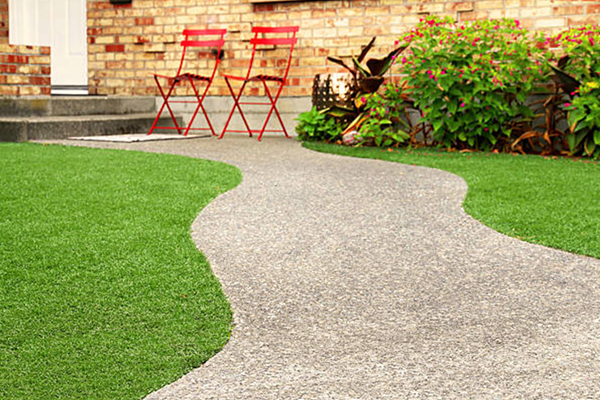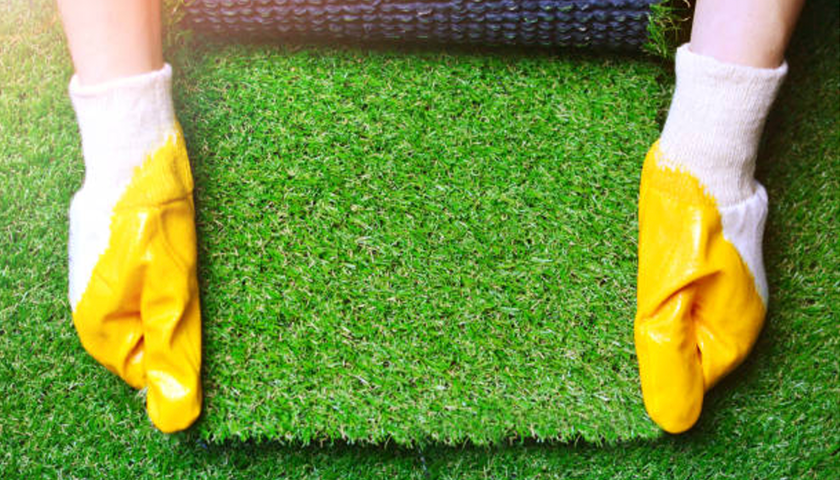Artificial grass has come a long way from its origins as a sports field surface. Today, it’s a popular landscaping choice for many homeowners, offering a lush, green alternative to natural lawns. However, like any design decision, there are pros and cons to consider. In this article, we’ll explore the advantages and disadvantages of artificial grass to help you make an informed choice for your outdoor space.

Advantages of Artificial Grass
1. Low Maintenance
One of the most significant advantages of artificial grass is its low maintenance requirements. Unlike natural grass, it doesn’t need mowing, watering, or fertilizing. This can save you time, money, and effort in the long run.
2. Durability
Artificial grass is designed to withstand heavy foot traffic, making it an excellent choice for areas where natural grass struggles to grow or stay pristine. It’s also resistant to pests and doesn’t require pesticides or herbicides.
3. Consistency
With artificial grass, you can enjoy a consistently green and manicured lawn year-round. It won’t turn brown during dry spells or get muddy after rain. This is especially beneficial for those living in regions with extreme weather conditions.
4. Water Conservation
In an era where water conservation is crucial, artificial grass can help you save a significant amount of water. You won’t need to run sprinklers or hoses, contributing to a more eco-friendly landscape.

Disadvantages of Artificial Grass
1. Initial Cost
The upfront cost of installing artificial grass can be relatively high. This includes the cost of materials, labor, and any necessary groundwork. However, many homeowners find that the long-term savings on maintenance outweigh the initial investment.
2. Heat Retention*
Artificial grass can become hot in direct sunlight, making it less comfortable for barefoot walking during scorching summer days. This issue can be mitigated by choosing products with built-in cooling technology.

3. Environmental Impact*
While artificial grass conserves water, its production and disposal can have environmental consequences. Some artificial grass materials are not biodegradable, contributing to landfill waste. Be sure to choose eco-friendly options if environmental concerns are a priority for you.
4. Aesthetics
Although modern artificial grass looks remarkably realistic, some people still prefer the look and feel of natural grass. The texture and scent of real grass can’t be replicated entirely.
Conclusion
Choosing between natural and artificial grass ultimately depends on your specific needs, priorities, and budget. Artificial grass offers many conveniences, such as minimal maintenance and year-round greenery. However, it’s essential to consider the initial cost, environmental impact, and potential heat issues. Natural grass, on the other hand, provides a unique sensory experience but requires more upkeep.
In the end, whether the grass is greener on your side depends on what matters most to you and your vision for your outdoor space. Weigh the pros and cons carefully to make the right choice for your lawn and lifestyle.
